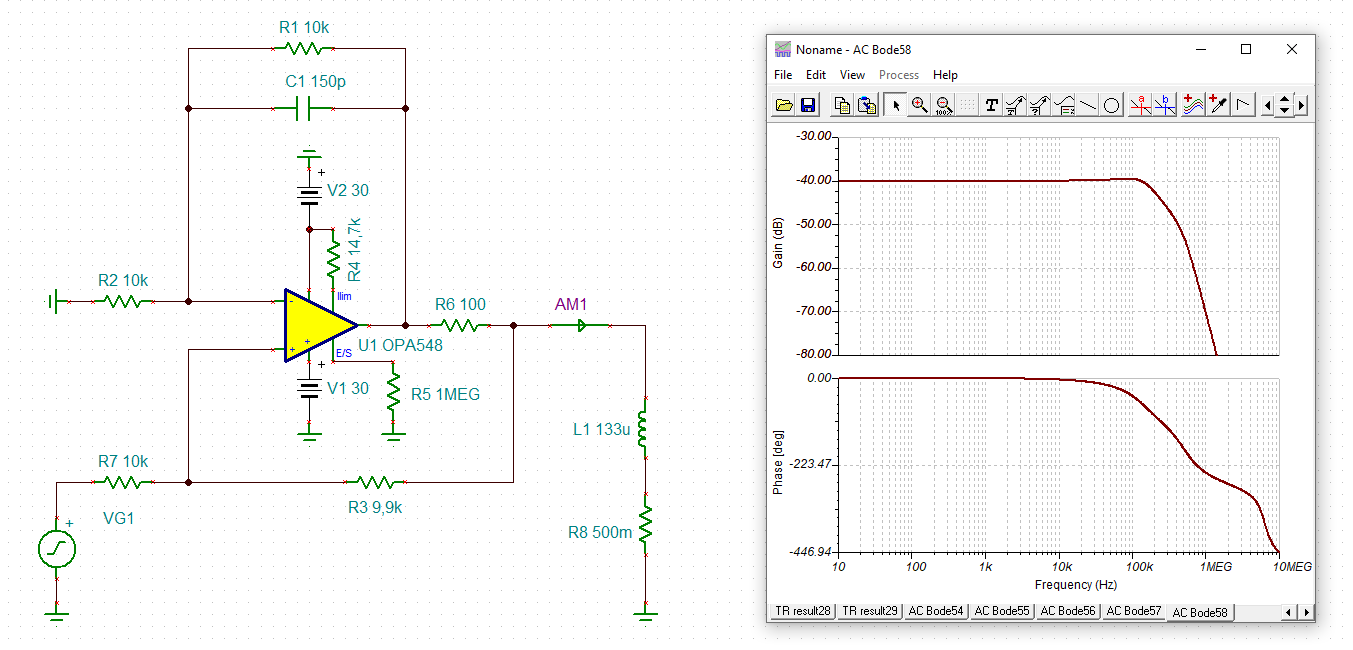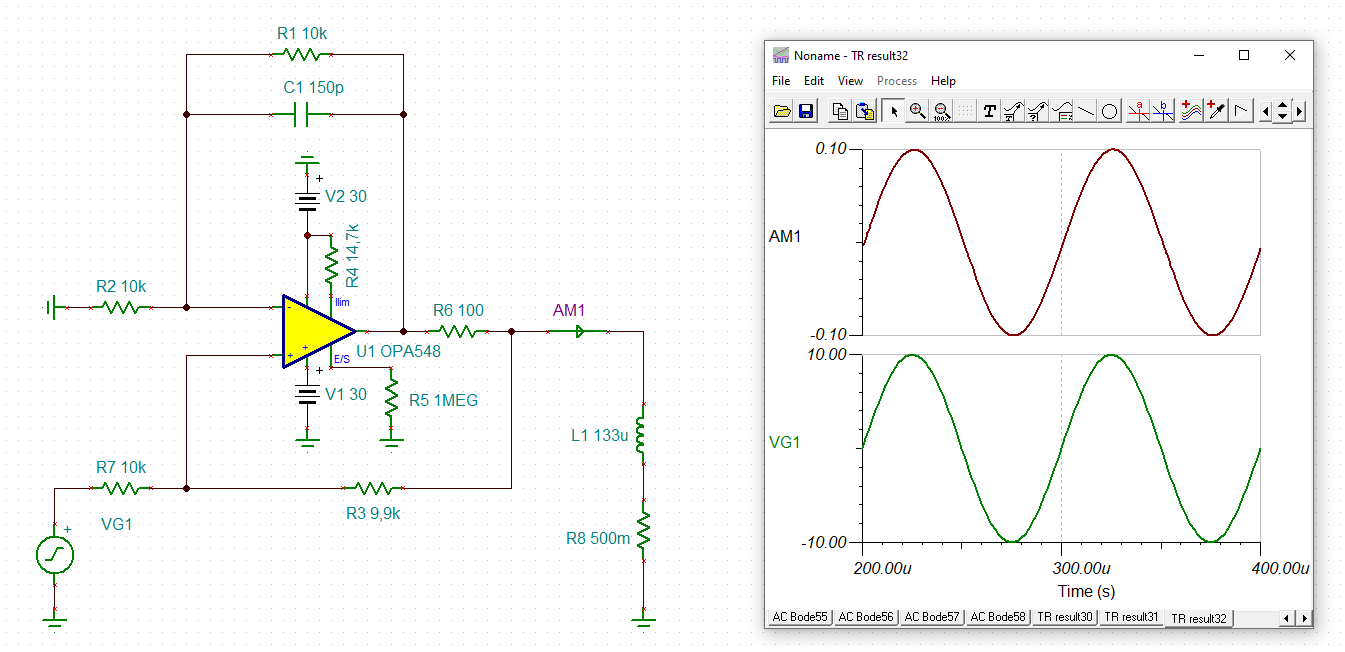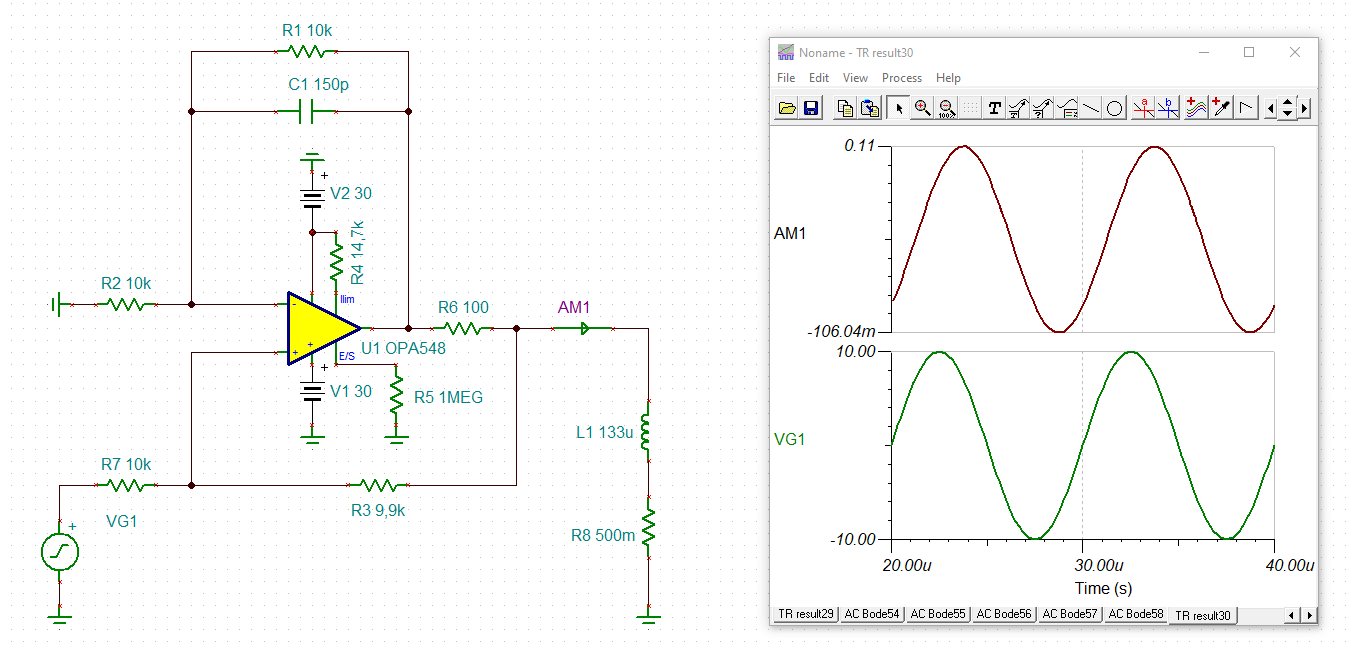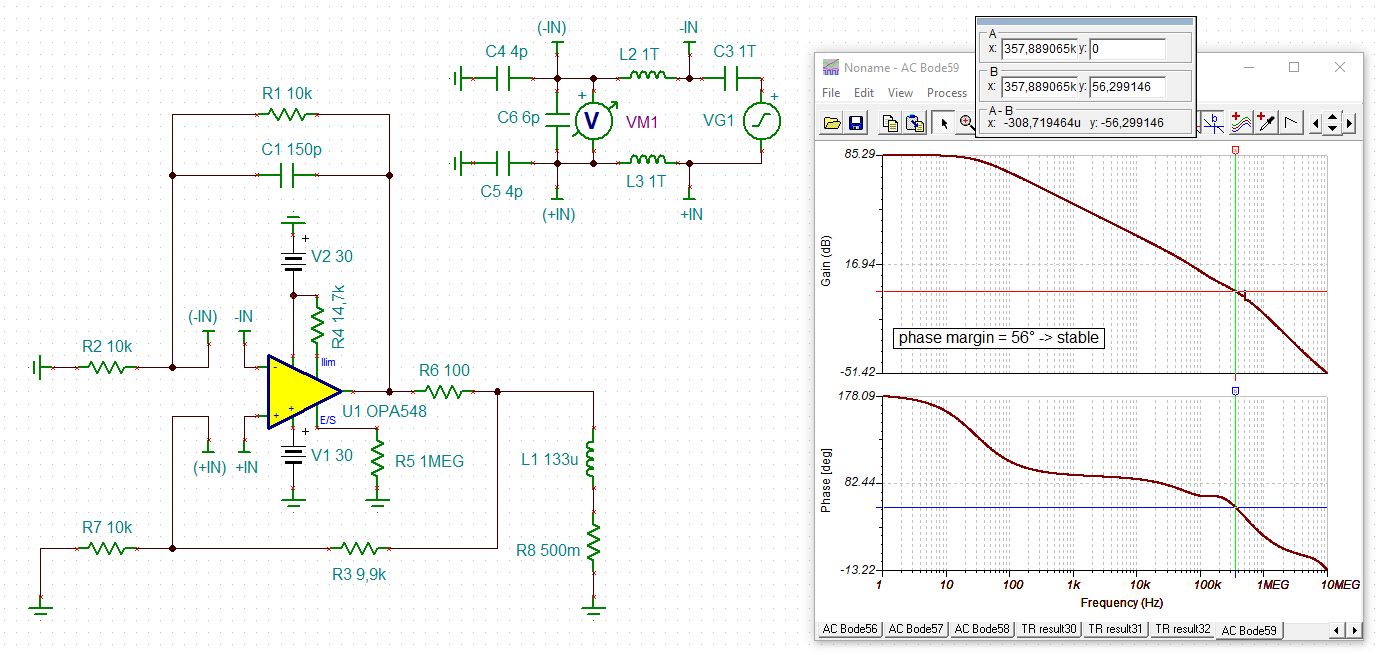Other Parts Discussed in Thread: , ALM2403-Q1
Hi, guys
Sorry to bother, I have searched some of the posts about using speaker amplifier beyond audio application, but I can't find solutions to mine.
My application is to drive inductive coil load (Helmholtz coil).
Input Signal: frequency sweep 1kHz-100kHz sinewave, voltage signal
Output Signal: 1kHz-100kHz sinewave, 0.1A
Load: L of the coil =133uH, DC resistance of coil is 0.5 ohm.
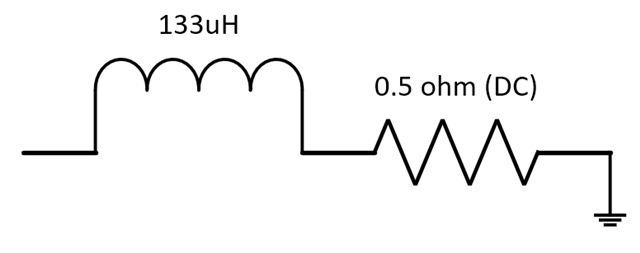
Because what we want is flow a certain know current in the coil to generate the magnetic field (magnetic field is only related to the current in the coil, e.g. 0.1A, 0.2A) we don't care the voltage in the coil. My question is
My question is:
Q1 Stable Problem: Can power amplifier directly drive the inductive coil (there many kinds of amplifier that can produce high current, e.g. OPA548)? I know for capacitive load we need to compensate the phase margin, but for indutive load I rarely see any material, it seems that we can directy connect it?
Since I not familiar with power operation amplifier design, so I want to buy the evaluation board OPA548EVM directly. Can I just connect the signal generator and feed the sinewave to this evaluation board? Using inverting/non inverting/ Howland configuration?\
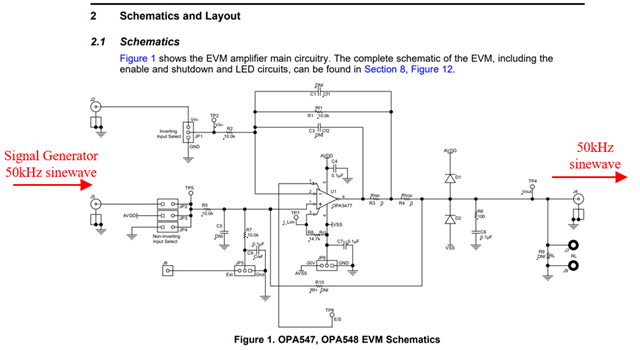
Q2 : Since I want to sweep frequency from 1kHz-100kHz, 0.1A. For example, at 100kHz, the impedance of L is 84 ohm, so 0.1A×84 ohm = 8.4V<10V max of OPA548? As long as the OPA 548 output voltage range and slew rate are not exceeded?
Best Regards
Grant Ward



